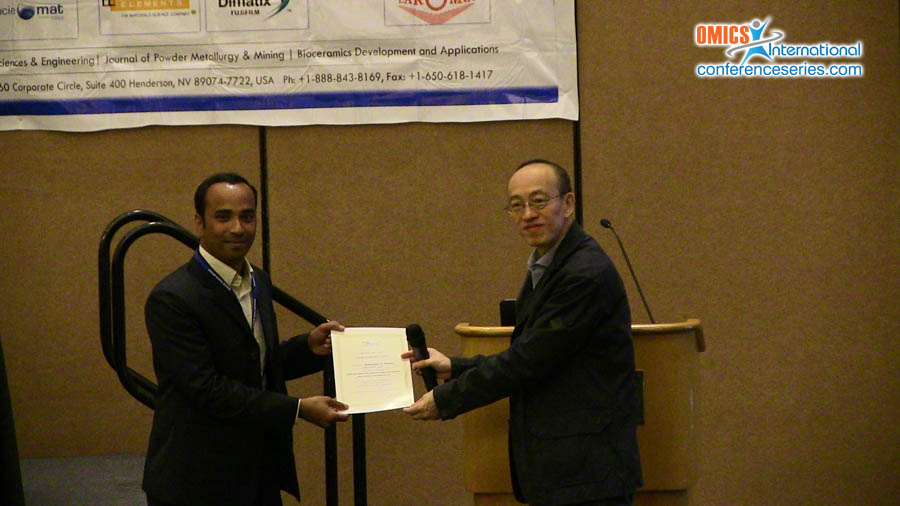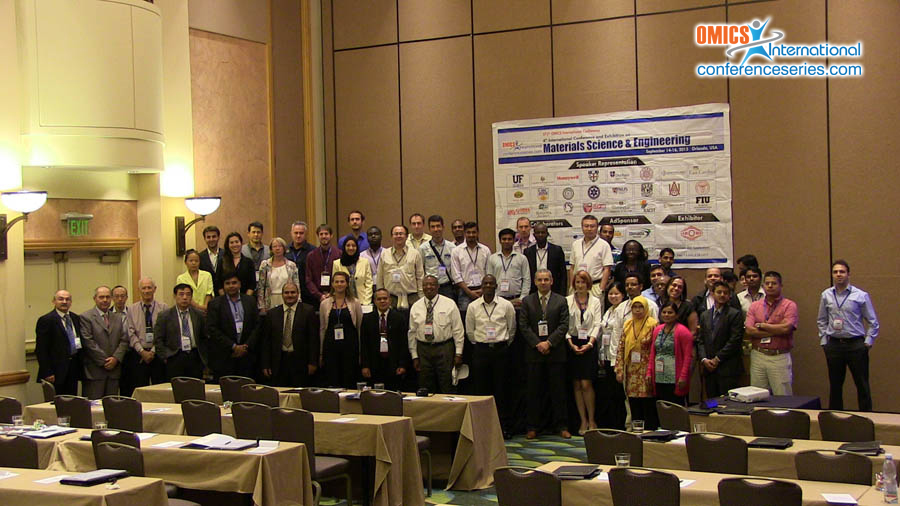
Mohammad Al-Mamun
Griffith University, Australia
Title: Hydrothermal synthesis of MoS2 nanostructured films as high performance counter electrodes for dye-sensitized solar cells
Biography
Biography: Mohammad Al-Mamun
Abstract
A semitransparent MoS2 film with surface exposed layered nanosheet structure were successfully grown onto fluorine-doped tin oxide (FTO) conducting substrates by a facile one-pot hydrothermal method. After calcination, the as prepared MoS2 nanosheet films were directly applied as counter electrode (CE) in iodide/triiodide redox mediator based dye-sensitized solar cells (DSSCs). The hydrothermal reaction temperature and molar ratio of reaction precursors were realized to have significant impact on the overall properties of MoS2 films and thereby photovoltaic (PV) performance. The ultrathin MoS2 nanostructured film with surface exposed layered nanosheet structure can be obtained by hydrothermal treatment of the reaction solution including (NH4)6Mo7O24•4H2O and NH2CSNH2 with a molar ratio of 1:28 at 150 °C for 24 h followed by calcination at 400 °C under Ar atmosphere. The synthesized MoS2 films displayed the photoconversion efficiency (PCE) as high as 7.41%, which was ~4% higher than that obtained from Pt-based DSSCs (7.13%). The superior electrocatalytic properties reflected on the final PV performances could be due to high stability, good electrical conductivity, rich electrocatalytic active sites and good electrolyte transport property of the resulting MoS2 film. This study demonstrated the feasibility of developing low-cost and abundant metal chalcogenide electrocatalysts having high electrocatalytic activity to replace Pt-based electrocatalyst for DSSCs.



